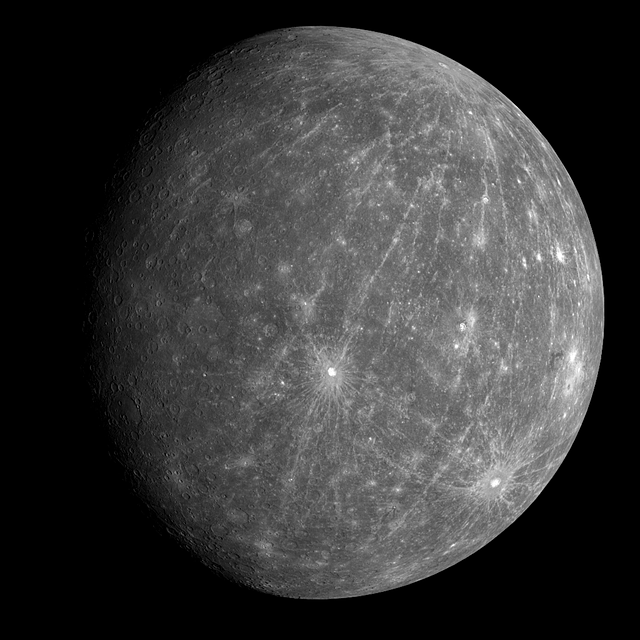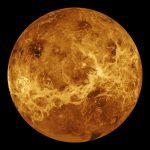Planet Mercury is a fascinating celestial body that holds many mysteries. As the closest planet to the Sun, Mercury has unique characteristics that make it an interesting subject for study. In this post, we will explore what Mercury is, its physical features, its orbit, and some fun facts that will enhance your understanding of this intriguing planet.
What is Mercury?
Mercury is the smallest planet in our solar system and the closest one to the Sun. It is a rocky planet, which means it has a solid surface made of rock and metal. Unlike gas giants such as Jupiter and Saturn, Mercury’s size and composition allow it to have a different set of characteristics.
- Size: Mercury is about 3,032 miles (4,880 kilometers) in diameter. This makes it smaller than some of the moons in our solar system, like Jupiter’s moon Ganymede and Saturn’s moon Titan.
- Surface: The surface of Mercury is covered with craters, much like our Moon. These craters were formed by impacts from asteroids and comets over billions of years.
Mercury’s Orbit
Mercury orbits the Sun at a distance of about 36 million miles (58 million kilometers). It takes only 88 Earth days to complete one orbit around the Sun. This quick orbit is due to its proximity to the Sun, and it results in very short years on Mercury.
- Day Length: A day on Mercury (the time it takes for the planet to rotate once on its axis) is about 59 Earth days long. This means that a day on Mercury is longer than its year!
- Extreme Temperatures: Because Mercury is so close to the Sun, it experiences extreme temperature changes. Daytime temperatures can reach up to 800 degrees Fahrenheit (427 degrees Celsius), while nighttime temperatures can drop to -330 degrees Fahrenheit (-201 degrees Celsius).
Unique Features of Mercury
Mercury has several unique features that set it apart from other planets:
- Thin Atmosphere: Mercury has a very thin atmosphere made up mostly of oxygen, sodium, hydrogen, helium, and potassium. This thin atmosphere cannot hold heat, which is why temperature variations are so extreme.
- Magnetic Field: Despite being small, Mercury has a significant magnetic field, which is about 1% as strong as Earth’s. This magnetic field helps protect the planet from solar winds.
- Caloris Basin: One of the most significant features on Mercury is the Caloris Basin, a massive impact crater that measures about 1,550 miles (2,500 kilometers) across. It was formed by a collision with a large asteroid billions of years ago.
Read This Also: Our Sun: The Central Star of the Solar System
Interesting Facts About Mercury
Here are some fun facts about Mercury that you might find surprising:
- Named After a God: Mercury is named after the Roman messenger god, known for his speed. This name reflects how quickly the planet orbits the Sun.
- No Moons: Unlike Earth and some other planets, Mercury has no moons or rings. This is likely due to its small size and proximity to the Sun.
- Exploration: Mercury was first visited by NASA’s Mariner 10 spacecraft in the 1970s. More recently, the MESSENGER spacecraft orbited Mercury from 2011 to 2015, providing valuable data about the planet’s surface and magnetic field.
- Temperature Extremes: The extreme temperature differences on Mercury make it a unique study subject. While the daytime is scorching, the lack of atmosphere means that it cannot retain heat, leading to very cold nights.
- Cratered Landscape: Mercury’s surface is dotted with craters, much like our Moon, indicating a long history of impacts. Some of these craters are very old, while others are relatively young.
Why is Mercury Important?
Studying Mercury is crucial for several reasons:
- Understanding Planet Formation: By learning about Mercury, scientists can better understand the formation and evolution of terrestrial planets, including Earth.
- Comparative Planetology: Mercury provides insight into the conditions of planets close to the Sun, allowing scientists to compare it with other planets in our solar system.
- Solar Studies: Observing Mercury helps researchers study solar activity and its effects on planets that are closer to the Sun.
Conclusion
Planet Mercury, as the closest planet to the Sun, offers many fascinating insights into our solar system. From its extreme temperatures and unique surface features to its lack of moons, Mercury continues to be a subject of interest for astronomers and space enthusiasts alike. Understanding Mercury helps us appreciate the complexity and diversity of planets in our solar system.
The next time you gaze at the night sky, remember that there’s a tiny, rocky planet closest to the Sun, full of mysteries waiting to be uncovered. Exploring Mercury not only expands our knowledge of the solar system but also enhances our understanding of how planets form and evolve over time.




